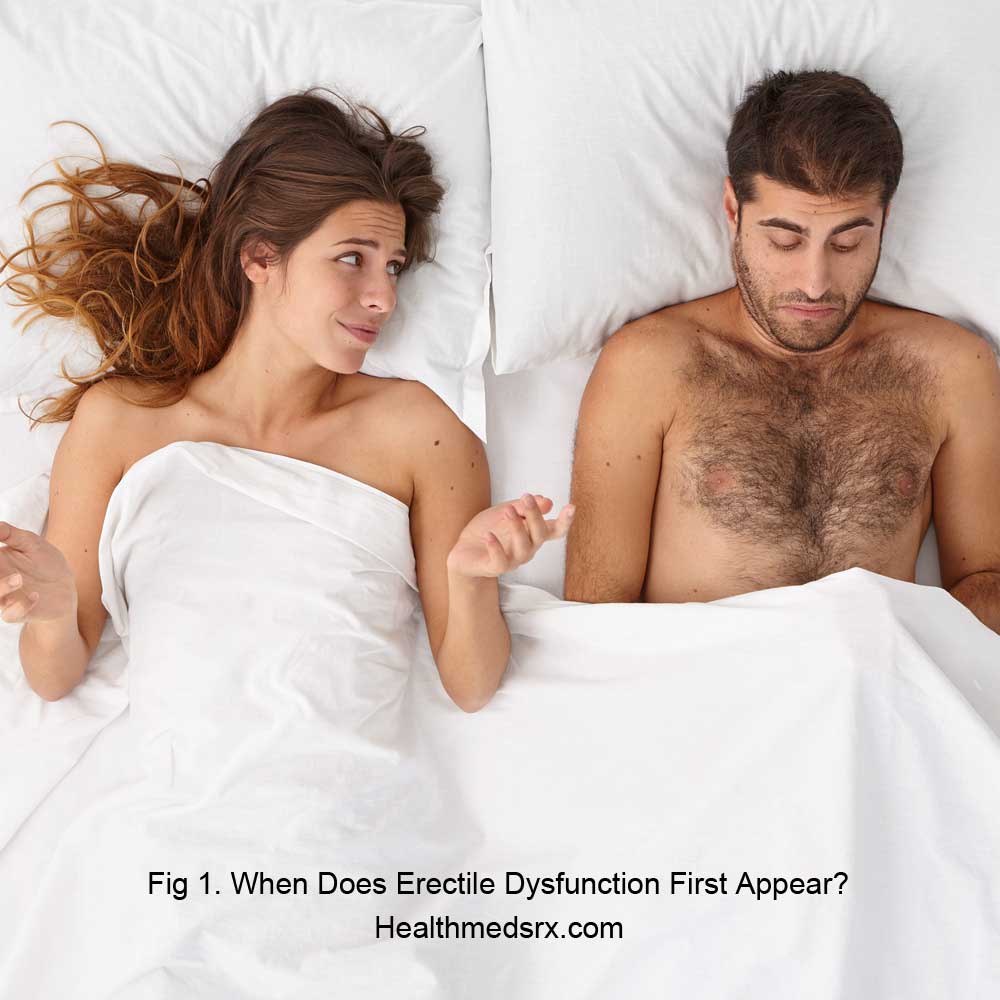Many men suffer from erectile dysfunction (ED), a prevalent disorder. It can’t get or keep an erection strong enough for sexual activity, which is how it is identified. While ED can occur at any age, it becomes more prevalent as men age. In this article, we will explore how old men typically have erectile dysfunction and the causes, symptoms, and treatments associated with this condition. This articles discusses about ED symptoms and treatment.
What is Erectile Dysfunction?
A man’s capacity to obtain or sustain an erection strong enough for sexual activity is affected by erectile dysfunction, a medical disease. It can occur for a variety of reasons, including physical, psychological, or emotional factors. ED can be a persistent or occasional problem, and it can have a significant impact on a man’s self-esteem and quality of life.

Causes of Erectile Dysfunction
A number of factors, including physiological, psychological, and lifestyle ones, might contribute to ED. Among of the most typical causes of ED are:
- Physical Causes: Physical causes of ED include conditions that affect the blood vessels, nerves, and muscles involved in the erection process. These conditions include diabetes, high blood pressure, heart disease, obesity, and neurological disorders.
- Psychological Causes: Psychological causes of ED include stress, anxiety, depression, and relationship issues. Psychological factors can also exacerbate the physical causes of ED.
- Lifestyle Factors: Lifestyle factors such as smoking, excessive alcohol consumption, and drug use can also contribute to ED.
- Prescription Medications: Many prescription medications can cause ED as a side effect. Some of the most common culprits include blood pressure medications, antidepressants, and opioids.
- Hormonal Imbalances: Hormonal imbalances such as low Testosterone levels can also play a role in ED.
Age and Erectile Dysfunction
Erectile dysfunction can occur at any age, but it becomes more prevalent as men age. According to the Massachusetts Male Aging Study, approximately 52% of men between the ages of 40 and 70 experience some degree of erectile dysfunction. The study also found that the prevalence of ED increases with age, with 70% of men aged 70 and older reporting some degree of ED.
Symptoms of Erectile Dysfunction
The inability to obtain or sustain an erection strong enough for Sexual activity is the basic symptom of erectile dysfunction. Other symptoms of ED may include:
- Reduced sexual desire
- Difficulty achieving an erection
- Difficulty maintaining an erection
- Premature ejaculation
- Delayed ejaculation
- Reduced penile sensitivity
Diagnosis of Erectile Dysfunction
The diagnosis of erectile dysfunction typically involves a physical exam and a review of medical history. To identify the underlying cause of ED, more tests could be prescribed. These tests may include blood tests to check for underlying medical conditions, such as diabetes or heart disease, and imaging tests to evaluate blood flow to the penis.
Treatment of Erectile Dysfunction
The treatment of erectile dysfunction depends on the underlying cause of the condition. Treatment options may include:
The common ailment known as erectile dysfunction affects millions of men worldwide (ED). It is described as the inability to get or keep an erection strong enough for sexual activity. While ED can be a source of embarrassment and frustration for many men, it is important to remember that it is a treatable condition. In this article, we will discuss the various treatment options available for ED.
- Making certain lifestyle adjustments is the first step in treating ED. This entails giving up smoking, consuming less alcohol, and engaging in regular exercise. Smoking and excessive alcohol consumption can damage blood vessels, leading to ED. Exercise can improve blood flow and overall health, which can also help with ED.
- Medications: There are several medications available for the treatment of ED. The most common of these are PDE5 inhibitors such as sildenafil (Kamagra), Tadalafil (Apcalis), and Kamagra Super (Dapoxetine). These drugs function by boosting blood flow to the penis, which aids in obtaining and maintaining an erection. They are typically taken 30 minutes to 1 hour before sexual activity and can be effective for up to 36 hours.
- Penile injections: Another option for treating ED is penile injections. An erection is facilitated by doing this, which entails injecting a drug straight into the penis. The most common medication used for this is alprostadil (Caverject), which is a synthetic version of a naturally occurring hormone that helps to relax the smooth muscles in the penis. This treatment is typically reserved for men who do not respond to oral medications.
- Penile implants: If other treatments are unsuccessful for a man, penile implants may be an alternative. This involves surgically implanting a device into the penis that allows the man to achieve an erection when desired. Inflatable and non-inflatable penile implants are the two main varieties. Inflatable implants consist of two cylinders that are placed in the penis and a pump that is implanted in the scrotum. When the man wants to have an erection, he pumps the pump to inflate the cylinders.
- Psychological Counseling: For men with psychological factors contributing to ED, psychological counseling may be recommended.
- Surgery: To increase blood supply to the penis, surgery may occasionally be advised. This may involve implanting a penile prosthesis or performing a vascular reconstruction procedure.
Conclusion
Men of all ages are susceptible to the prevalent issue of ED. It can affect anyone, even though older males are more likely to experience it. The risk of developing ED increases with age, but it is not a normal part of aging. Understanding the underlying causes of ED and seeking appropriate treatment can help men of all ages maintain satisfactory sexual function.

